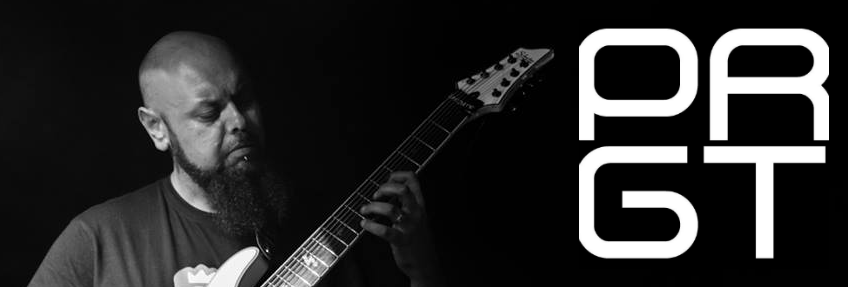So when I’m not teaching I play guitar in the progressive metal band Brocken Spectre. One of the key things about progressive music is the use of irregular time signatures, sometimes more than one at a time. This might seem like an unnecessary headache but let’s face it, some of us are just drawn to this kind of thing. I don’t quite know why but I’ve always found odd numbers interesting, especially when you can make the odd numbers groove and feel less odd, but those listening can’t quite work out what’s going on (yes, very self satisfied I know). There’s more about how to lessen (or perhaps increase, depending on your perspective) the oddness in this post here.
So first, what is a time signature? Well you know those numbers you see right at the top of a piece of music? The ones that say ‘4/4’? There’s your time signature. Here’s the standard definition of it:
4/4 means that there will be 4 beats in each bar
And that’s fine for most music, but if you have a bar of 6/8 or 17/16, then how many beats are in that? Well we could redefine our time signature like this:
4/4 means that there a 4 beats in the bar, and each beat is worth one quarter note
Which helps make a little more sense of the irregular bars. But in bar of 6/8 there might not be 6 beats – well there might be, but it may not sound like it depending on how the notes are grouped. With that in mind I prefer to think of the time signature as indicating the overall length of the bar. For example, a bar of 9/8 is the length of nine eighth notes, regardless of note grouping, note values within the bar or any other factor that creates musical interest. One trick that I use when working out what time signature my riffs are in (yes, I write them first and work out what I did later) is to break the whole bar down into the smallest note value I’ve used, add up to get a total then find the lowest common denominator. Here’s a little example:
So the smallest note value is a 16th note, and if we break any larger note values into the appropriate amount of 16th notes we end up with a grand total of 18 of them. So our time signature is 18/16, but by doing a bit of maths we can divide both numbers by 2 giving us a time signature of 9/8. The number of beats you hear is often controlled by the drummer, and the more inventive he/she is, the less often you will hear 9 clear beats. Admittedly with this example we could have just counted the note groupings, but if your bar has rests, dotted notes and ties in it then that becomes a little less obvious a solution unless you’re well practised at it, so I frequently use my original solution.
Check out any of the usual prog suspects to hear this in action: Dream Theater, Yes, Genesis, and in fact Metallica were well known for slipping in odd bars in their early work, probably where my liking for it developed. One of my all time favourites though is the bar of 15/16 in Megadeth’s Lucretia. No prizes for spotting it, just that proud moment when all fo a sudden you know what’s going on in the music!
Happy playing!

